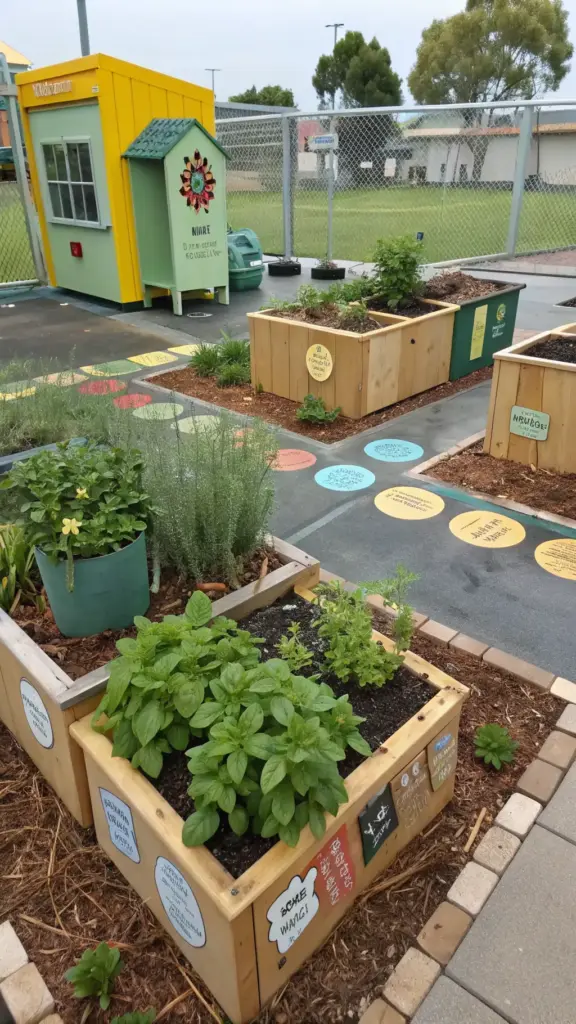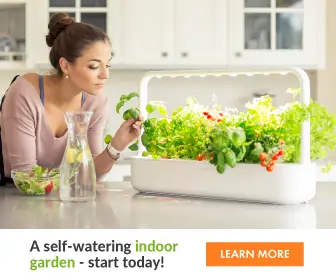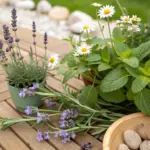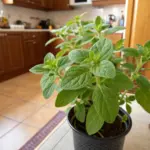10. Children’s Sensory Herb Garden

Creating a child-friendly herb garden has been one of my most rewarding projects! As both a gardener and educator, I’ve discovered that the key to engaging young minds lies in making the space safe, interactive, and full of wonder. Let me share how I created a magical herb garden that keeps kids coming back for more learning adventures.
Safe Plant Selection
Safety comes first! Here are my tried-and-true kid-safe herbs:
- Sweet-smelling mint varieties
- Lemon balm for gentle tea
- Fuzzy lamb’s ear for texture
- Chamomile for fairy gardens
- Pineapple sage for surprise scents
- Chocolate mint for fun flavors
Interactive Learning Stations
I created different zones to engage multiple senses:
- Touch-and-feel herb boxes
- Smell-and-guess stations
- Taste-safe sampling area
- Sound gardens with rustling herbs
- Color-themed plant sections
Playful Garden Features
Making learning fun through creative elements:
- Fairy garden sections with miniature herbs
- Musical wind chimes made from natural materials
- Bug hotels for insect observation
- Sundials surrounded by herbs
- Rainbow herb wheel gardens
Educational Signage That Works
I’ve found these sign types most effective for young learners:
- Picture-based plant labels
- Fun fact boards with simple text
- Interactive flip cards
- Weather station markers
- Growth measurement charts
Family-Friendly Design Elements
Creating spaces that work for all ages:
- Child-height raised beds
- Wide, stable pathways
- Rest areas for adults
- Shaded learning spaces
- Hand-washing stations
Engaging Activities Integration
Keep the excitement going with:
- Herb scavenger hunts
- Sensory exploration games
- Plant-to-plate activities
- Nature journaling spots
- Weather watching stations
Safety Considerations
Important features I’ve implemented:
- Non-slip pathway materials
- Rounded edges on all structures
- Clear boundary markers
- First aid station
- Tool storage at safe heights
Seasonal Learning Opportunities
Making the garden educational year-round:
- Spring planting festivals
- Summer herb crafts
- Fall harvest activities
- Winter observation projects
- Seasonal celebration spaces
The joy of watching children discover the magic of herbs is incredible! Whether they’re making mint tea, creating herb-based art, or learning about pollinators, this garden space provides endless opportunities for growth and discovery. My favorite moment was when a young visitor exclaimed, “Mom, the garden is like a science museum we can eat!”
Remember, creating a children’s herb garden isn’t just about growing plants – it’s about growing curious minds and fostering a lifelong love of nature. Keep it safe, make it fun, and watch the magic happen! 🌿
Conclusion
Creating your dream herbal garden doesn’t have to be complicated! These designs prove that with a little creativity and planning, you can create a stunning green space that’s both beautiful and functional. Whether you’re drawn to the sleek lines of modern design or the charm of cottage gardens, there’s an herbal garden style perfect for your lifestyle. Ready to start your garden transformation? Pin these ideas for later and tag us in your garden makeover photos! 🌿✨









GIPHY App Key not set. Please check settings